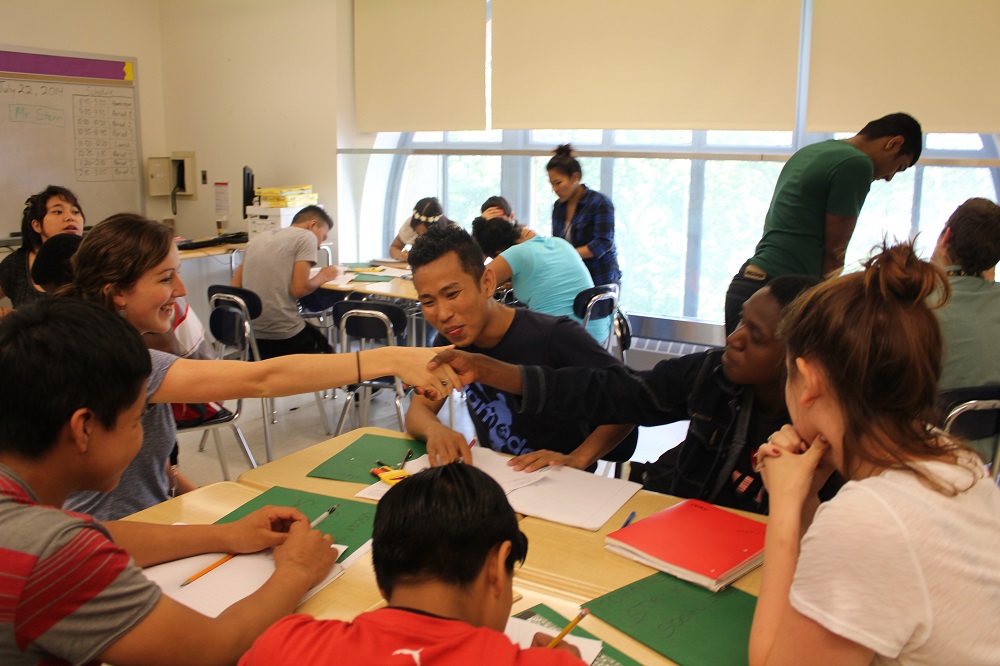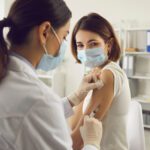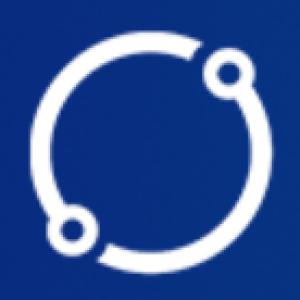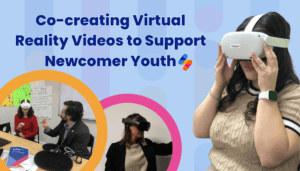Photo Credit: MLancu/IRC
In the context of COVID-19 and building vaccine confidence, it is increasingly important that client-facing organizations listen to community voices, respectfully engage with communities, and become more client-centered. This is key to mitigating vaccine hesitancy and building trust in institutions – whether they be a resettlement agency, health care provider, public health department, and/or local government.
As COVID-19 vaccination rates plateau, it is vital to put clients at the center of the work. It is critical to hear directly from the community to develop tailored health messaging that is contextualized in the lives of the people with the lived experience. Listening sessions, focus groups, and community working groups are effective methods to better understanding concerns surrounding the vaccine, what types of resources and messaging are needed, and how to best convey the messaging.
For example, communities are the best reporters of ongoing, evolving concerns surrounding the vaccine; what messages are consistent with their beliefs and values; whether statistics or personal anecdotes are more effective; whether messages should come from community members, leaders, or professionals; and if messages should be conveyed via social media, text messaging, or other avenues. This blog post includes tips for receiving this detailed information and maintaining a community-centered approach while developing vaccine messaging.
Tip #1: Hear directly from the community through a listening session.
A listening session is a facilitated discussion with a group of individuals aimed at exploring and collecting information about a specific topic. Listening sessions are an effective way to hear directly from communities about COVID-19-related topics, including vaccines. Before each listening session, it is important to identify a specific topic for discussion as well as a moderator and notetaker who speak the target language. Trusted community leaders are often best positioned to facilitate the discussion.
If appropriate, having a medical expert from within the community in attendance to answer any medically related questions can be very effective. Depending on the preferences of the culture, you may consider multiple listening sessions for community members of different age groups and genders. The Afghan Health Initiative recently conducted virtual listening sessions on the COVID-19 vaccine; click here for examples of promotional materials for the session that could be adapted for future use.
Tip #2: Go more in-depth through a focus group.
To explore a topic further or to obtain feedback, you may consider conducting a focus group. A focus group is a discussion with a select number of individuals (we recommend five participants) who represent key segments of the community that you are interested in designing vaccine messaging for. It can be a promising tool to better understand the knowledge, attitudes, values, and practices within a community. Depending on cultural considerations, it may be appropriate to hold separate focus groups for community members of different ages and genders. For more guidance on how to facilitate focus group discussions, please see the COVID-19 Vaccines – Focus Group Discussion Facilitation Guide and Note Taking Guide and Template.
Tip #3: Co-create vaccine messaging through a community working group.
When you are ready to create a vaccine messaging campaign, a promising strategy for a client-centered approach is co-creating vaccine messaging and resources with the community. This approach requires the involvement of multiple stakeholders who bring differing perspectives to the table and have co-ownership of the messaging. A community working group, where community members come together to design, evaluate, implement, and deliver messaging to their own communities, can be an effective method. For more information on how to co-create vaccine messaging through a community working group, register for NRC-RIM’s upcoming webinar on June 10th: Create COVID-19 Health Messages That Speak to Your Community.
One example of a tool that can help with co-creating messaging is MakeSpace, a platform that can be used to plan, create, and validate your own vaccine campaign. This platform also includes customizable templates and an easy-to-use guide.
If you need a resource but don’t see it, or your agency needs technical assistance on engaging with clients around COVID-19 and the vaccine, contact the NRC-RIM team at nrcim@umn.edu.










